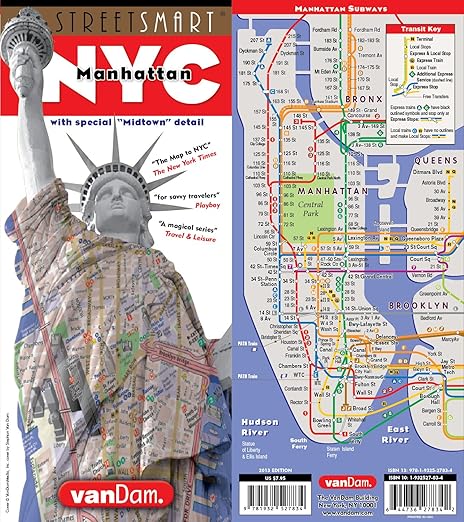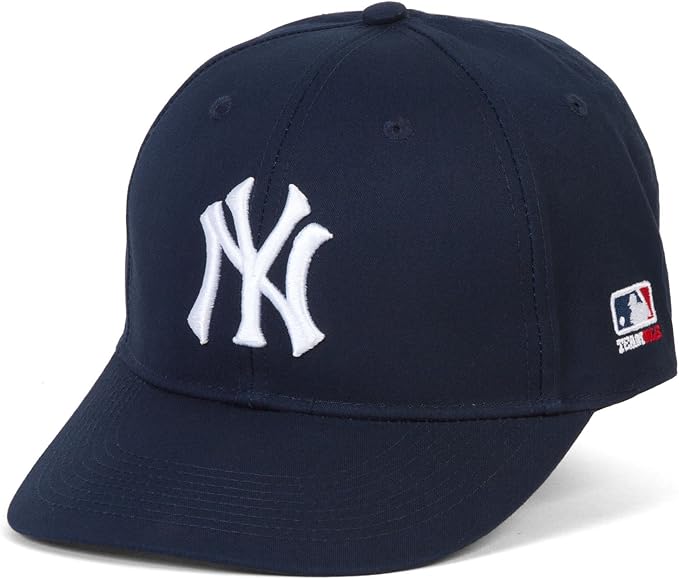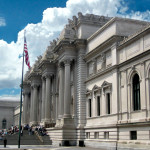The Metropolitan Museum of Art (MET)
The Metropolitan Museum of Art, colloquially “the Met”, located in New York City, is the largest art museum in the United States and among the most visited art museums in the world. Its permanent collection contains over two million works, divided among seventeen curatorial departments. The main building, located on the eastern edge of Central Park along Manhattan’s Museum Mile, is by area one of the world’s largest art galleries. There is also a much smaller second location at The Cloisters at Fort Tryon Park in Upper Manhattan which features medieval art.
Represented in the permanent collection are works of art from classical antiquity and ancient Egypt, paintings and sculptures from nearly all the European masters, and an extensive collection of American and modern art. The Met also maintains extensive holdings of African, Asian, Oceanian, Byzantine, Indian and Islamic art. The museum is also home to encyclopedic collections of musical instruments, costumes and accessories, and antique weapons and armor from around the world. Several notable interiors, ranging from first-century Rome through modern American design, are permanently installed in the Met’s galleries.
The Metropolitan Museum of Art was founded in 1870. The founders included businessmen and financiers, as well as leading artists and thinkers of the day, who wanted to open a museum to bring art and art education to the American people. It opened on February 20, 1872, and was originally located at 681 Fifth Avenue.
Admission at the ticket counters is pay what you wish with a recommendation of $25.
The Met presents over 5,000 years of art from around the world for everyone to experience and enjoy. The Museum lives in three iconic sites in New York City—The Met Fifth Avenue, The Met Breuer, and The Met Cloisters. Millions of people also take part in The Met experience online.
Since it was founded in 1870, The Met has always aspired to be more than a treasury of rare and beautiful objects. Every day, art comes alive in the Museum’s galleries and through its exhibitions and events, revealing both new ideas and unexpected connections across time and across cultures.


